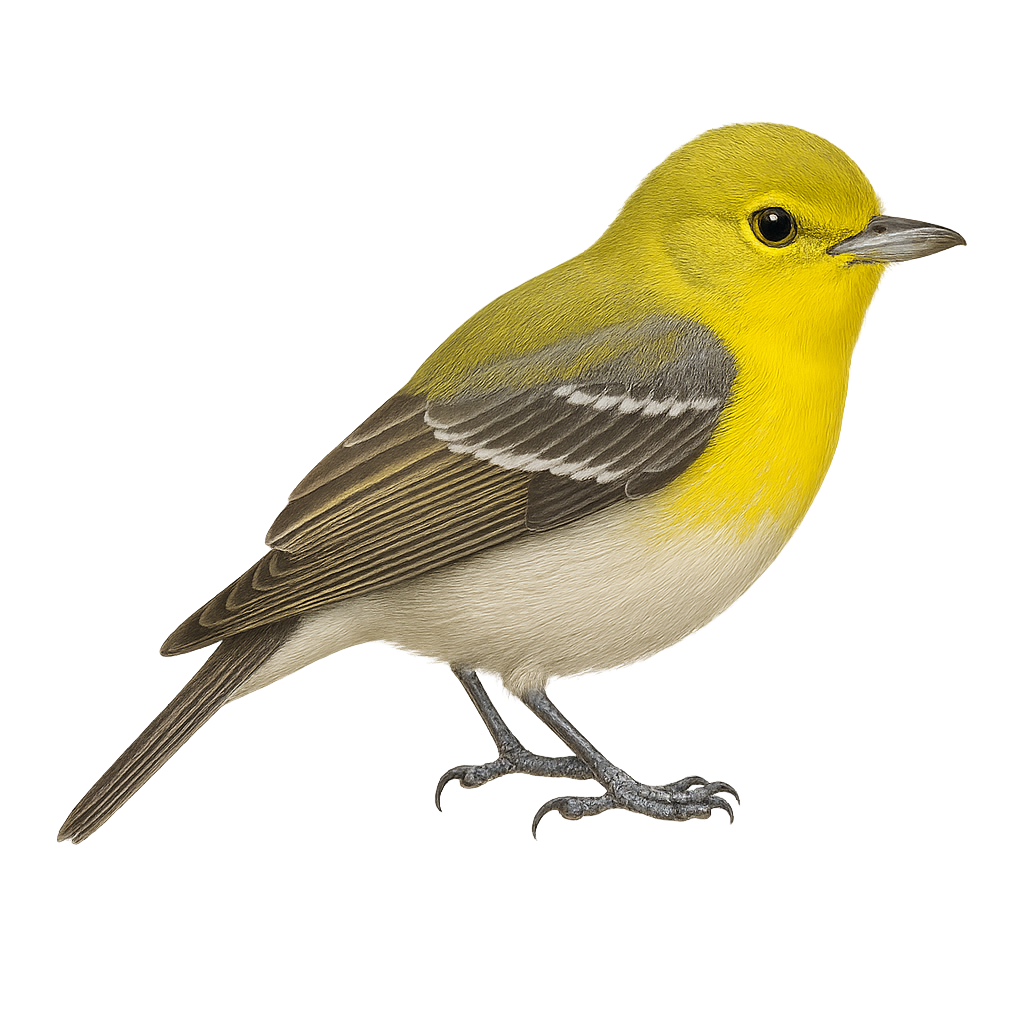Your wildlife photography guide.
Explore the yellow-throated vireo in detail, study its behavior, prepare your shots.
Where to observe and photograph the yellow-throated vireo in the wild
Learn where and when to spot the yellow-throated vireo in the wild, how to identify the species based on distinctive features, and what natural environments it inhabits. The WildlifePhotographer app offers tailored photography tips that reflect the yellow-throated vireo’s behavior, helping you capture better wildlife images. Explore the full species profile for key information including description, habitat, active periods, and approach techniques.
Yellow-throated Vireo
Scientific name: Vireo flavifrons

IUCN Status: Least Concern
Family: VIREONIDAE
Group: Birds
Sensitivity to human approach: Suspicious
Minimum approach distance: 10 m
Courtship display: May to June
Incubation: 13-15 jours
Hatchings: May to June
Habitat:
Deciduous forests, mixed forests, forest edges
Activity period :
Primarily active during the day, with peak activity in the morning and late afternoon.
Identification and description:
The Yellow-throated Vireo, or Vireo flavifrons, is a small songbird native to North America, easily identified by its bright yellow throat and two white wing bars. Measuring about 13 cm in length, it has an olive-green back and white underparts. It primarily inhabits deciduous and mixed forests, feeding on insects and berries. Its melodious and repetitive song is often heard before the bird is seen. A migratory species, it winters in Central America and northern South America. Although its habitat is threatened by deforestation, it is currently listed as Least Concern by the IUCN.
Recommended lens:
400mm – adjust based on distance, desired framing (portrait or habitat), and approach conditions.
Photography tips:
To photograph the Yellow-throated Vireo, focus on deciduous or mixed forests where it is most active. Use a telephoto lens of 400mm or more to capture precise details without disturbing the bird. Be patient and listen for its distinctive song to locate its position. Natural morning or afternoon light is ideal for highlighting its bright colors. Stay discreet and avoid sudden movements to prevent scaring it away.
The WildlifePhotographer App is coming soon!
Be the first to explore the best nature spots, track rutting seasons, log your observations, and observe more wildlife.
Already 1 430 wildlife lovers subscribed worldwide

